sofa wall
Should downlights or spotlights be used on the sofa? This is a controversial issue. It feels like the most hard problem of the century.
Some people say to use downlights – downlights have even light and are not “dazzling”, making them suitable for reading books and newspapers on the sofa (no).
Some say you can’t use downlights—the light spots on the wall are too ugly.
Some say to using spotlights – the spotlights are beautiful, I want to wash the walls, I want to take pictures with it.
Some people say that you cannot use spotlights – they are too dazzling, and You will be injured instantly when lying down.
…………
They all seem to have their own reasons, and there is no right or wrong.
Then we start from the actual application to see which lamp is more suitable for you. It is only used as a reference for discussion and not as a basis for decoration.
Let’s take a look at the conventional ways to decorate the ceiling in the living room:
- Side ceiling/return ceiling
- Hoist the whole ceiling
The usual width of the looped ceiling is about 40cm, so let’s take the regular size as an example.
Only look at the distance without looking at the light, only look at the distance without looking at the light,
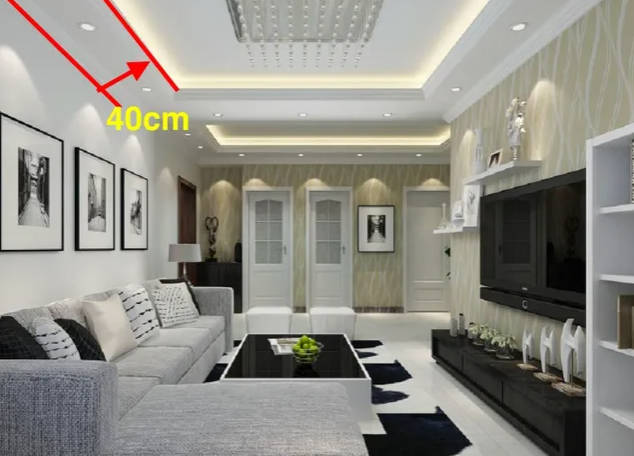
The normal opening will be on the center line of the side hanging, that is, the distance between the lamp position and the wall is about 20cm.
At this distance, just from the perspective of light effect
The picture below is a downlight with a flood light source of 100+°▼
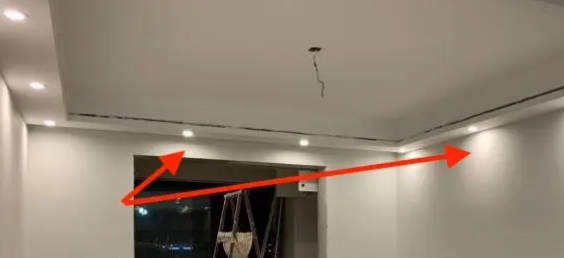
Typical balloon light spots, if you think you can accept this effect, you can install it with confidence (don’t laugh yet… your home decoration will be the same).
Furthermore, large-angle downlights are the basic floodlight source. If you have ceiling lights and light strips in your living room, I would like to ask you, why do you need so much basic lighting? What is it for?
What if we switch to a downlight with another beam angle?
The picture below is the effect of 58° downlight▼
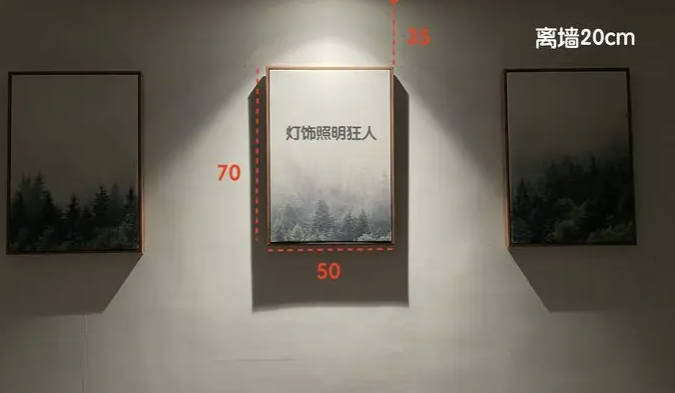
If the effect instantly improves, then use it. This problem is solved perfectly. It’s so exciting…
Don’t rush…
Let’s first take a look at the common practices of this type of downlight▼
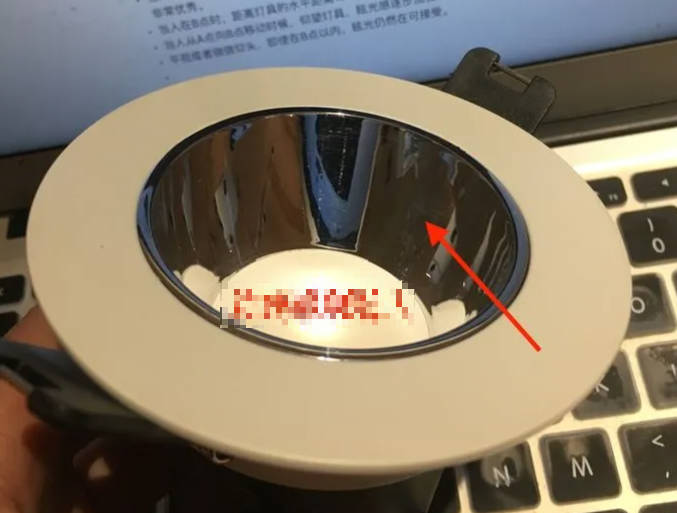
The lamp cup is a bright reflective cup with a relatively high reflectivity, so the light utilization rate will be much higher.
The following is the picture drawn by the actual test▼
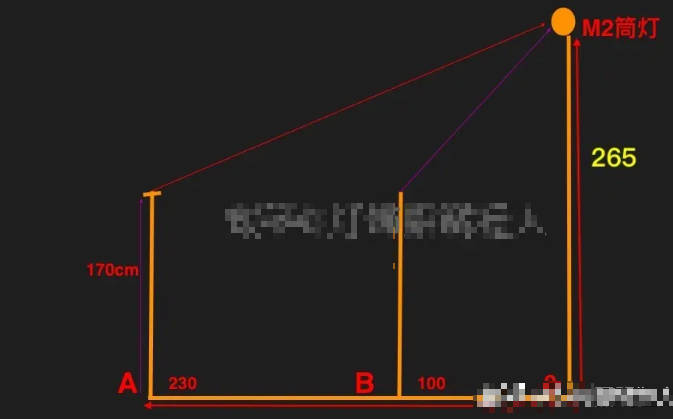
- When a person is at a distance other than point A and looks up at the lamp at a horizontal distance of 230cm from the lamp, there is almost no glare, which is very good.
- When a person is at point B and looks up at the lamp at a horizontal distance of 100cm from the lamp, it is unacceptable glare.
- When a person moves from point A to point B and looks up at the lamp, the glare gradually increases.
Looking straight or slightly raising your head, close to point B or even within point B, the glare is still acceptable.
The main cause of unacceptable glare when looking up at a lamp at a close distance is the bright reflector of the downlight.
Don’t forget, the thickness of our sofas is basically 20cm+. It can be understood that when we lean on the sofa, the lamp is basically directly above us, which means that we are completely exposed to unacceptable glare.
Alas… I’m disappointed again…
So, is there really no solution for downlights? Are light patterns and glare really incompatible?
There is really no solution. The only solution is not to install it, but only to look at which aspect is more preferred, such as the 58° “full spectrum” downlight below.
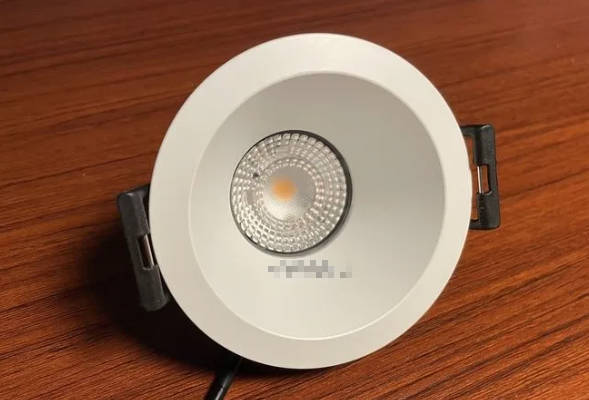
You have seen the light pattern just now, so I’ll post another picture.
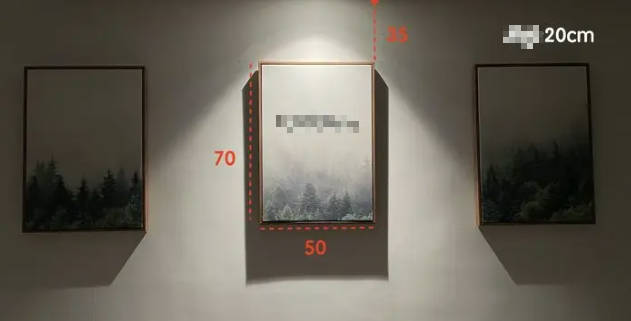
Downlights have nothing to do with photography. Let’s compare spotlights at the same distance.

If you want to install downlights, have you thought about it?
……………………….
Continue to look at the spotlight▼

Is it better than downlights? Are you jealous?
If you like it this way, then you are too easily satisfied.
Anyone with a little knowledge can see that the central beam of the spotlight has long exceeded the frame of the painting, forming an extra strong light on the wall, which is visually very awkward.
Then try another kind of light.
The picture below is 30cm away from the wall
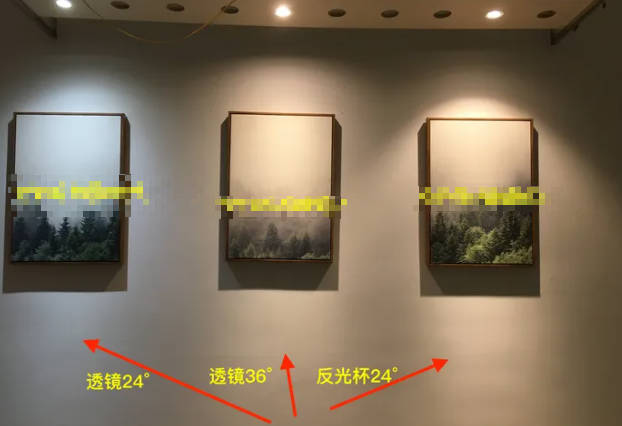
It feels better to look at it, so I know it.
Give me a reference▼
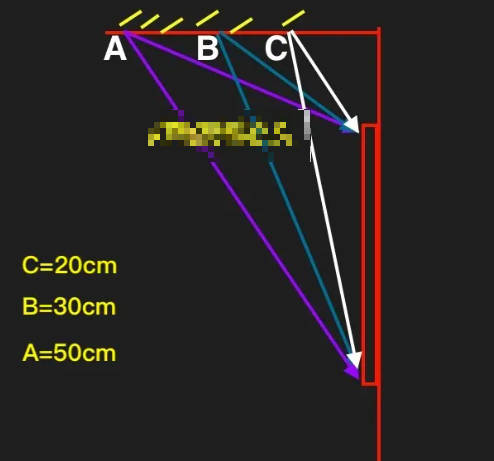
Usually:
Optical with lenses within point B,
B-A can use reflective cups.
The effect will be better, so I won’t explain it now, otherwise it will be another two thousand words longer.
Give 3 recommendations (low budget)
If you use spotlights at point C and choose Philips Pinying, the effect will be slightly better.
Don’t understand?
Save the answers below and read them slowly
How many watts does a living room downlight cost? Which brand is more cost-effective?
Using spotlights behind the sofa solves the problem of taking pictures. Glare is also a weakness, but using a lens type and placing the angle slightly closer to the wall will alleviate it.
…………
Large flat top
This is the paradise of downlights, spotlights and light strips
See the same picture
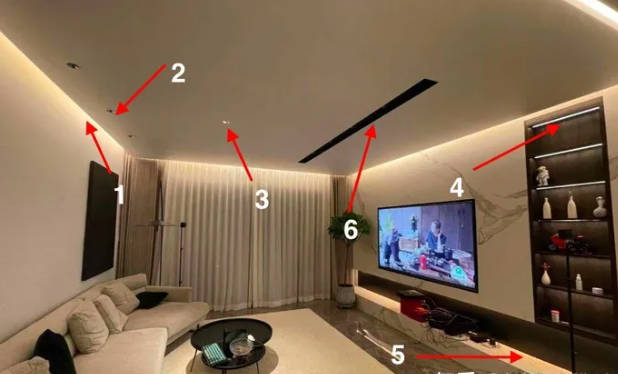
- Light strip 1 is used as basic lighting
- Light strip 4 creates atmosphere and cabinet fill-in light
- Light strip 4 for ambient lighting
- Spotlight 2 function sofa wall
- Spotlight 3 functions as coffee table fill light
- Spotlight 6 living room atrium fill light
……………..
TV Wall
The arrangement of lamps on the TV wall needs to meet the needs of watching movies (hidden light strips on the TV wall are more effective)
- You can use the atmosphere on the ceiling to hide the light source.
- You can also use ceiling downlights/spotlights
- You can also install hidden light strips on the TV wall. In Guanyin mode, there is no need for too bright lights. The hidden light source ensures that 4-6W/M is completely sufficient.
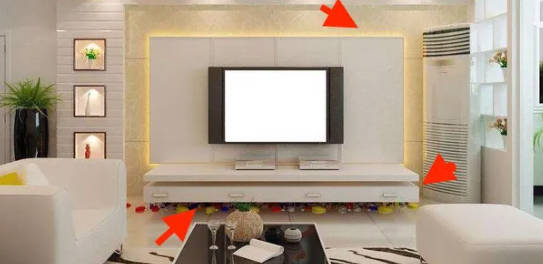
2-1 Advantages and disadvantages of using downlights and spotlights
I have mentioned many times in previous articles that if you must use downlights/spotlights on the TV wall, you should avoid the TV to avoid the bad experience of reflection from the TV screen.
Usually the lighting on the TV wall is arranged like this:
- Install spotlights
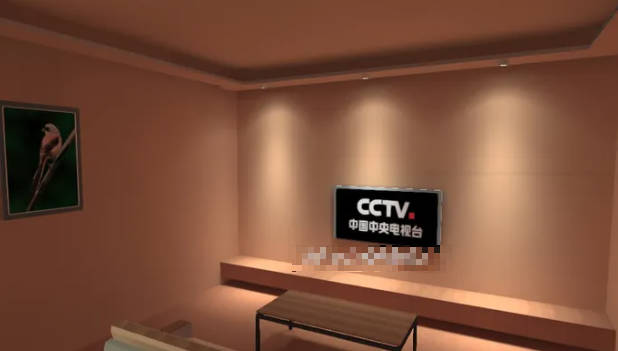
If you arrange the lamps in this way, as long as you turn on the lights, no matter whether you turn on the TV or not, there will be obvious glare.
- Install downlights
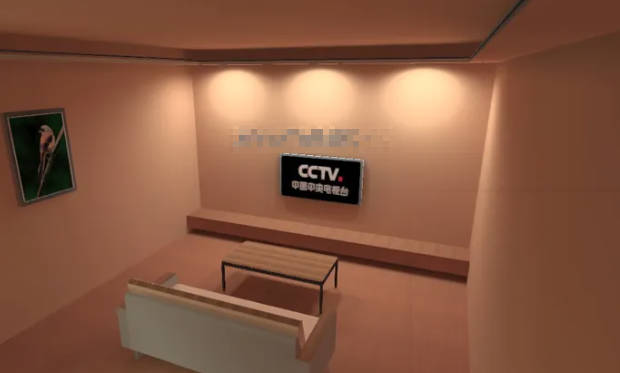
As mentioned many times in previous articles, if downlights are arrang-ed in this way, due to the limitation of the width of the side hanging, there will be obvious balloon spots on the wall, which is really ugly.
If spotlights are install-ed, the central beam will be particularly strong. , there will be varying degrees of visual interference.
A reference lighting installation method given before is as shown below:

Although this method has certain feasibility, it also has corresponding disadvantages.
If you look directly at the TV (line of sight 1), you can basically effectively avoid the glare of the lamp.
However, the position where we watch TV will not always be fix-ed (sight line 2), so this method will fail.
If the distance between lights is too small, the problem of light and shadow overlap will occur, which will compromise the experience.
Just like the picture below:

So, we should think about some questions, why should we arrange spotlights and downlights on the TV wall?
- Is it because it looks good?
- Is it because of coordination?
- Is it because others do this that we must do the same?
- We should think again, what is the main function of the lamps place-d on the TV wall?
I believe everyone has their own answer, but it is nothing more than:
Make the space more layered
Can have more atmosphere
Create ambient lighting for movie viewing
Finally, if we think about it in reverse, if the lights we arrange have obvious “side effects”, does such an arrangement still make sense?
2-2. Which solution is more reliable?
There are many ways to achieve the above scenes, and it is not necessarily necessary to use spotlights, such as using light strips.
I drew a few simulation sketches (a bit rough, just read them and understand the meaning).
Example 1:

The TV wall in the picture above uses three strips of light.
Light strip 1: It can be us-ed with the lamps above the ceiling to provide the basic main lighting of the space.
Light strip 2: This method of wall washing will be more uniform, the light will be softer, and it will not interfere with watching TV.
Light strip 3: Low-brightness light strips are use-d for low-level lighting, which instantly enhances the atmosphere and level of the space.
Of course, you can choose adjustable brightness light strips according to your own needs to meet the lighting needs of more scenes.
Example 2:
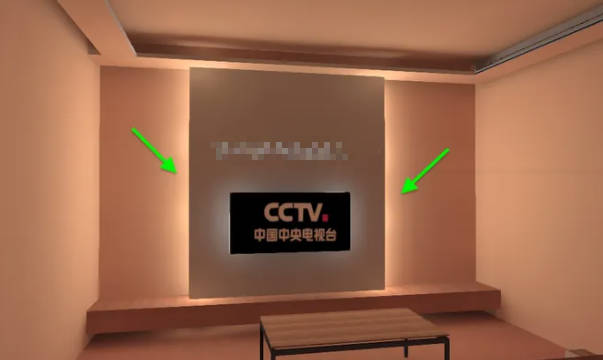
This kind of vertical light strip, combined with slightly brighter ceiling lamps, will make you feel that the floor height is being raise-d, reducing the sense of depression.
When watching TV, it can provide just the right atmosphere to fill in the light without causing any interference to the movie viewing.
Example 3:
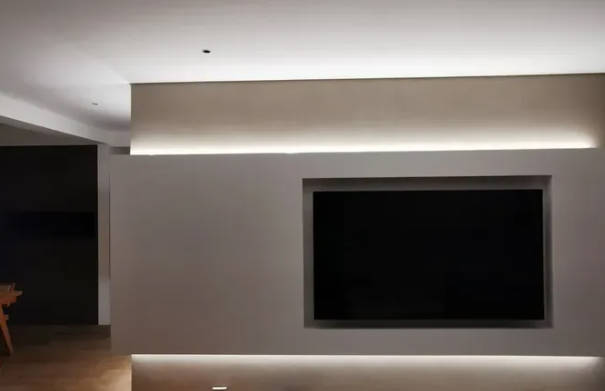
Of course, you can also make horizontal light troughs. The principle is the same and it depends on your actual situation and personal preferences.
I believe that this kind of light experience is far better than using spotlights to wash the wall roughly.



